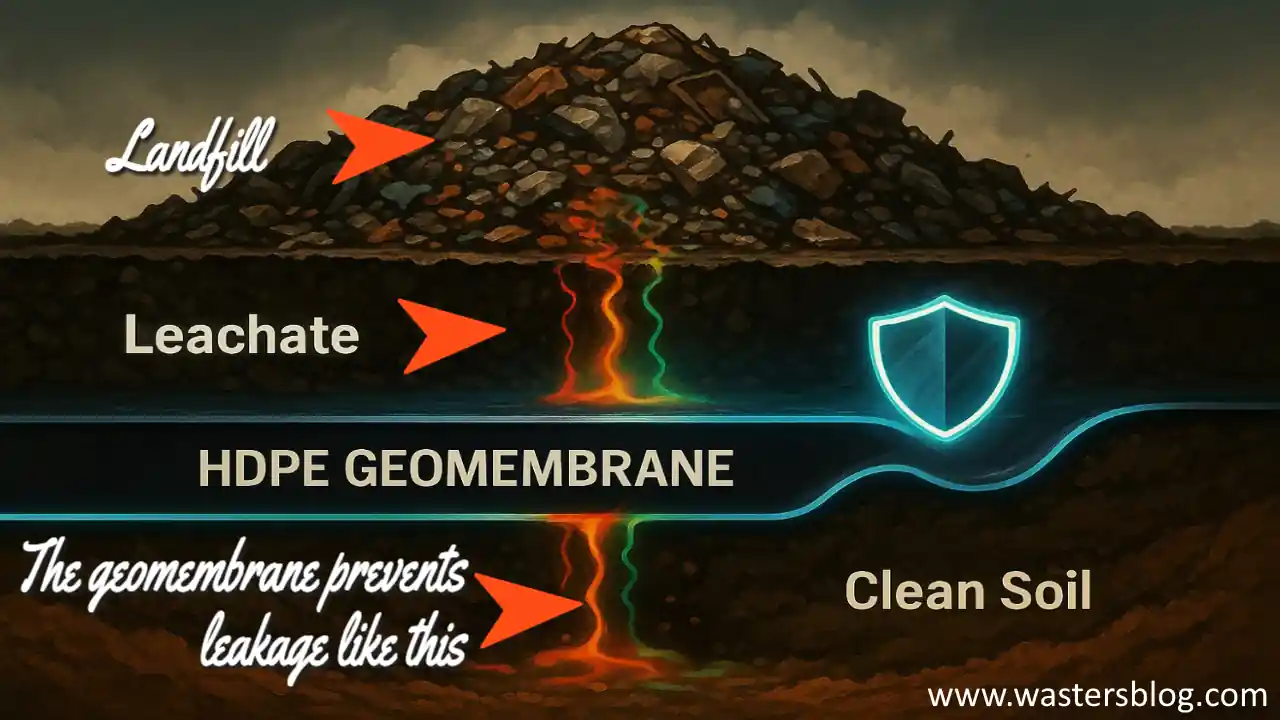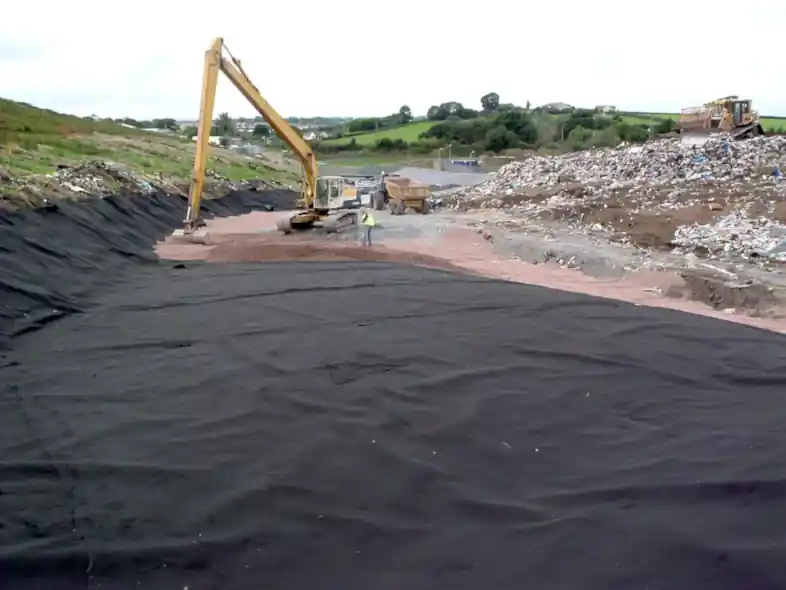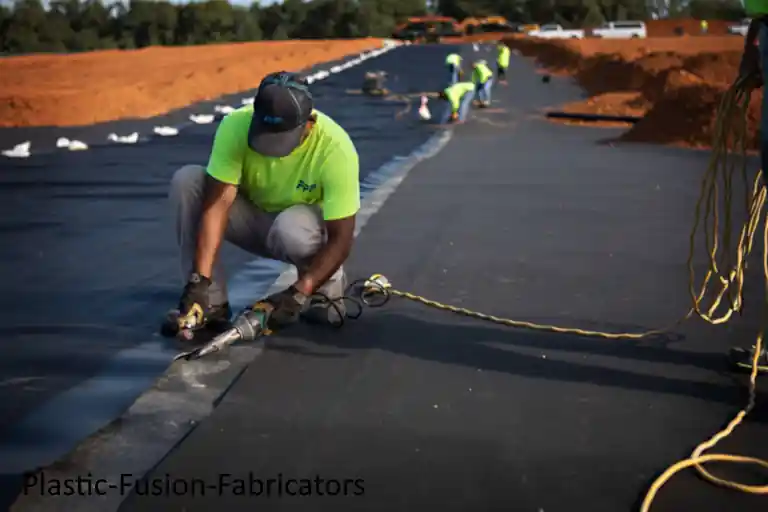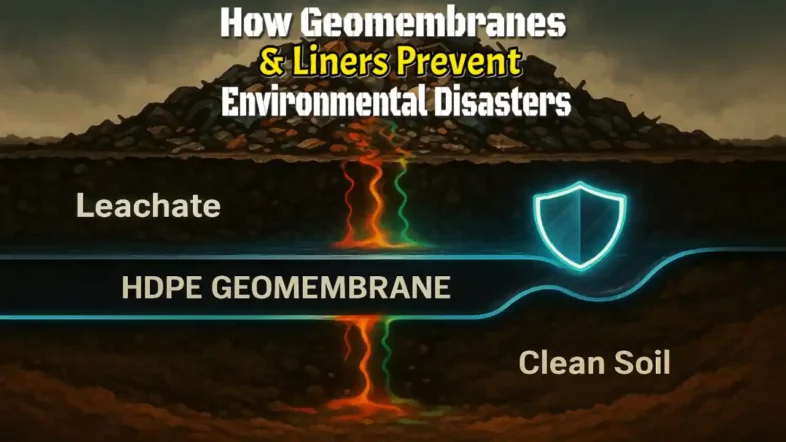The Invisible Infrastructure Keeping Our Soil and Water Safe
When most people think about waste management, they imagine landfills, trucks, and maybe recycling bins. But hidden beneath the surface—literally—are the real protectors of the environment: geomembranes and liners. Without them, waste facilities would leak toxic soup into soil, groundwater, and, eventually, drinking water systems.
These flexible, engineered barriers are critical in containment, especially in landfills, wastewater treatment lagoons, chemical storage pits, and anaerobic digesters. And when it comes to durable, expertly fabricated containment solutions, companies like Plastic Fusion Fabricators are on the front lines of environmental protection.

What Are Geomembranes?
Geomembranes are synthetic liners—usually made of high-density polyethylene (HDPE)—designed to contain liquid or gas and prevent leachate, wastewater, or chemicals from contaminating surrounding areas. They’re the unsung heroes beneath our feet, forming the impermeable barrier between hazardous material and the environment.
Where They’re Used
- Landfills: To prevent leachate (the toxic liquid that drains through garbage) from seeping into the earth.
- Wastewater Lagoons: For agricultural, industrial, or municipal treatment systems.
- Anaerobic Digesters: To contain gas and sludge while capturing valuable biogas.
- Hazardous Waste Sites: Where even trace leaks can cause massive regulatory and health consequences.

How Geomembranes Prevent Disasters
Without geomembranes, landfills would become slow-motion environmental catastrophes, leaking PFAS, heavy metals, and organic toxins into aquifers. Wastewater lagoons would contaminate nearby fields, and chemical spills would spread rapidly through unprotected ground.
Geomembranes and secondary containment systems:
- Prevent toxic seepage
- Control odor and gas emissions
- Protect groundwater and aquifers
- Ensure regulatory compliance with EPA and environmental bodies
Failures in the containment infrastructure are often the cause of the biggest fines and lawsuits in the waste sector, not to mention long-term ecosystem damage.

Where Geomembranes are Used
Geomembranes appear in a wide variety of applications:
- Sanitary landfills to block leachate and methane migration
- Agricultural and municipal wastewater lagoons
- Mining tailings ponds
- Anaerobic digestion systems for biogas containment
- Chemical containment pits and tanks
- Fracking sites and oilfields for pad and berm lining
These environments pose long-term contamination risks—making liners a critical safety feature.

What Happens Without Geomembranes?
When geomembranes fail—or are never installed at all—the results can be devastating:
- Leachate (toxic wastewater from decomposing waste) seeps into groundwater
- Methane and VOCs leak into the atmosphere, increasing fire risk and pollution
- PFAS and heavy metals contaminate crops, aquifers, and rivers
- Hazardous chemicals escape during storm events or equipment failures
In many cases, the environmental damage from a single liner breach may take decades to repair, if it’s even possible.
Preventing Environmental Disasters
Environmental disasters don’t always look like oil spills or chemical fires. Sometimes, they happen slowly, silently—through a tear in a liner or a neglected lagoon. That’s why geomembranes matter. They’re the last line of defense between waste and the world.
And in a time when water safety and soil health are threatened by industrial pollution and climate stress, that invisible barrier might be the most important piece of infrastructure we have.

Geomembranes and Liners – Frequently Asked Questions
What are geomembranes used for?
Geomembranes are used to contain liquids or gases and prevent contamination in landfills, wastewater lagoons, anaerobic digesters, and hazardous waste sites.
Why are geomembranes important in landfills?
They prevent leachate—a toxic liquid formed by decomposing waste—from seeping into soil and groundwater, protecting the environment and public health.
What materials are geomembranes made of?
Most geomembranes are made of high-density polyethylene (HDPE), a flexible, durable, and chemical-resistant plastic.
What happens if a geomembrane fails?
If a geomembrane tears or fails, toxic substances like PFAS, heavy metals, and methane can escape into the environment, causing long-term damage to soil, water, and air.
Where else are geomembranes used?
They are also used in mining tailings ponds, agricultural wastewater treatment, chemical containment pits, and oil & gas fracking sites.
How do geomembranes prevent environmental disasters?
By forming an impermeable barrier, geomembranes stop harmful chemicals and waste from spreading into the environment, thus averting slow-developing ecological crises.







